Hundreds of thousands of people remained without power in the Pacific north-west after a winter storm blanketed the region with ice and snow and made travel treacherous.
The area around Portland, Oregon, was the hardest hit, with more than 200,000 people still without power on Sunday. Authorities said it could be a day or more before electricity was fully restored, and forecasters warned of more hazardous weather through Monday.
With a number of transmission lines and substations knocked out of service and ice and wind still threatening to bring down tree limbs, some could experience multiple or prolonged outages, said Steve Corson, a spokesman for PGE, a major electricity provider.
“Our hope would be that most would be restored sooner than that, but some customers will be affected for several days,” he said. The utility was bringing in crews from Nevada and Montana to help restore power, he added.
The extreme conditions, loss of power and transportation problems prompted the Oregon governor, Kate Brown, to declare a state of emergency.
“Crews are out in full force now and are coordinating with local emergency response teams on communications for emergency services, such as warming centers,” Brown said. “I’m committed to making state resources available to ensure crews have the resources they need on the ground.”
Winter storms and extreme cold affected much of the US west over the weekend, particularly endangering homeless communities. Volunteers and shelter staffers worked to ensure homeless residents in Casper, Wyoming, while authorities in western Washington and western Oregon opened warming shelters in an effort to protect homeless residents from the wet and cold.
Arctic air caused temperatures to plunge in parts of Montana and high temperatures were not expected to rise above zero or get much higher in eastern Wyoming or Colorado.
In the Portland area, many trees snapped under the weight of ice, falling on power lines and causing transformers to blow out in showers of blue and orange sparks.
The ice and snow caused treacherous driving conditions, forcing Oregon transportation officials to close Interstate-84 in the Columbia River Gorge, while the regional transit agency TriMet suspended all bus and train service in the region on Saturday. Eastbound lanes remained closed and limited buses and trains were running on Sunday. TriMet urged people to delay travel until conditions improve.
In Washington state, the city of Seattle activated its emergency operations center.
Another Pacific storm system was expected to bring snow to the mountains of the north-west and the intermountain west through Monday night.
The highest parts of the Cascades were expected to get snow measured in feet while more than a foot was likely in the Bitterroot Mountains of Idaho, the Teton Range in Wyoming and the central Rockies, the national weather service said.












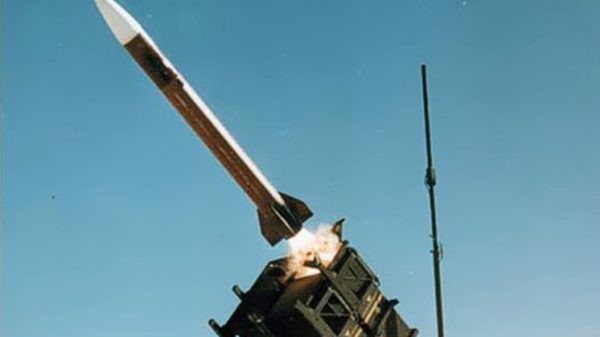




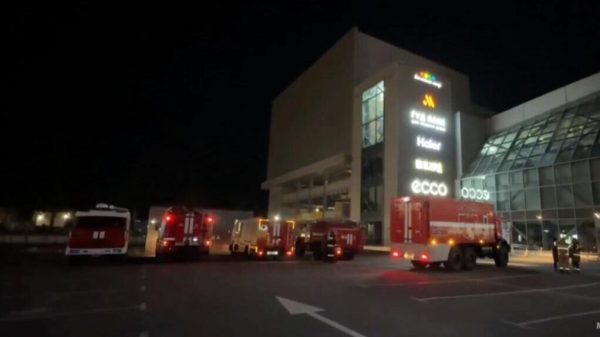
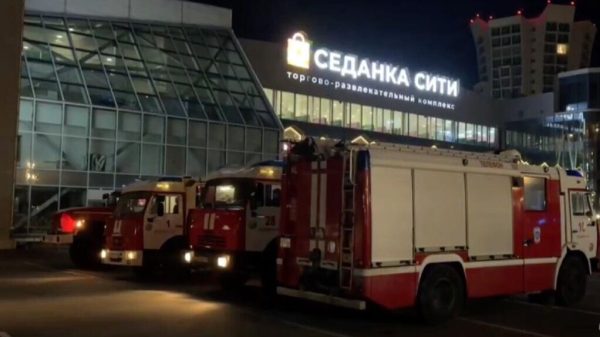

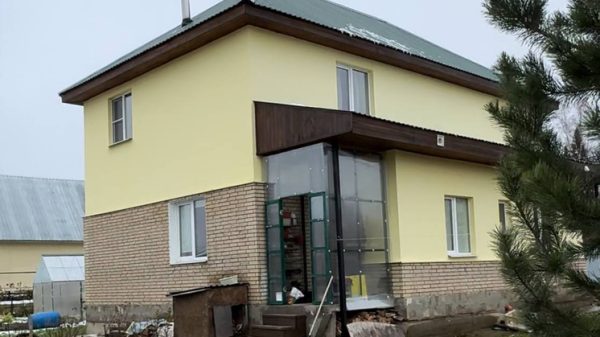


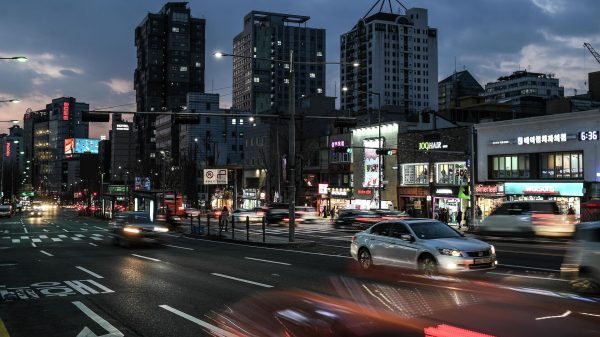




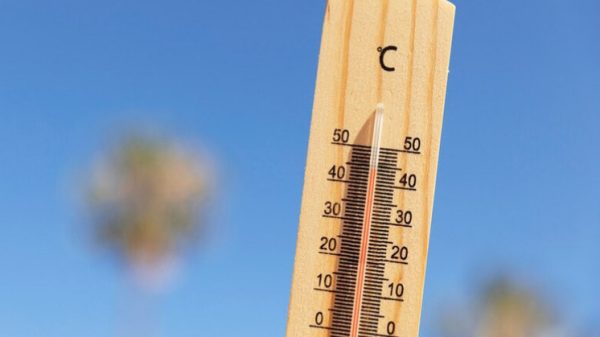
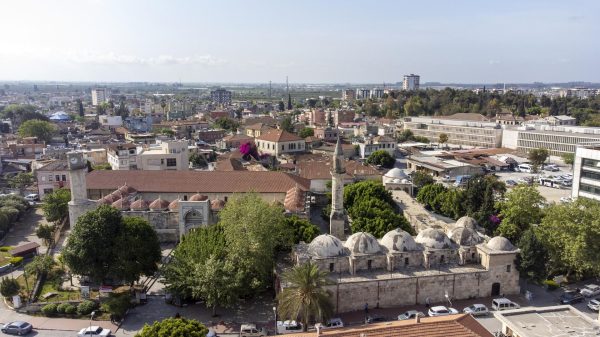















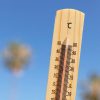






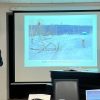







Свежие комментарии